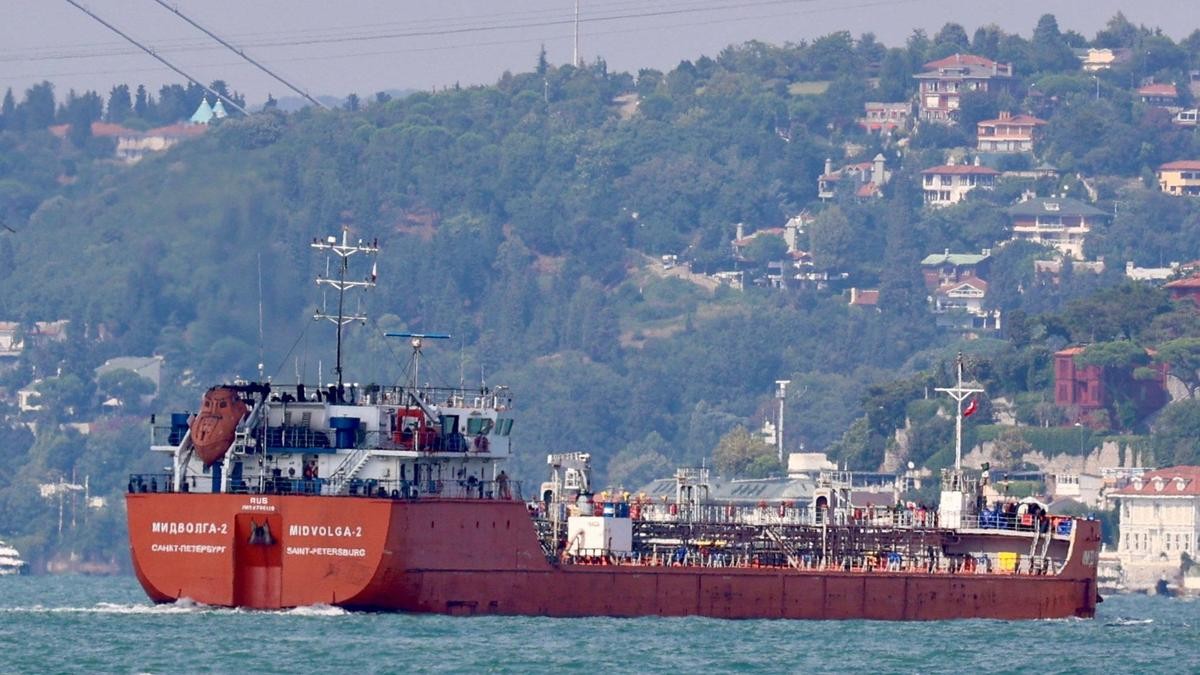



Sail ships, blending traditional wind power with modern technology, regain relevance in navies for training and in commercial shipping to cut emissions. Wind-assisted propulsion systems like WindWings save 30% fuel, reducing CO2 significantly. Driven by IMO’s 2050 net-zero goal and port regulations, WAPS offer cost-effective, proven solutions for sustainable maritime transport.

Copyright infringement not intended
Picture Courtesy: INDIAN EXPRESS
Relevance of sail ships in modern navies and commercial shipping amid climate concerns.
Sail ships are vessels moved largely by wind, using sails—large sheets of fabric or modern equivalents—mounted on masts to capture wind energy. Historically, during the Age of Sail (16th to 19th centuries), these ships dominated global trade and warfare.
These ships required skilled crews to manage sails, ropes, and navigation, making them labor-intensive but adaptable for long travels.
Despite advanced mechanized propulsion (diesel, gas turbines, or nuclear power), modern navies worldwide maintain sail ships. They use them as training ships, while commercial shipping explores wind propulsion to reduce emissions. Unlike their historical counterparts, today’s sail ships blend traditional designs with modern technology, such as automated rigging or hybrid propulsion systems.
Cargo ships, which carry over 80% of global goods, contribute about 3% of global greenhouse gas emissions, comparable to aviation. With the International Maritime Organization (IMO) targeting net-zero emissions by 2050 and stricter port regulations (e.g., EU’s Emissions Trading System), shipping companies adopt wind-assisted propulsion systems (WAPS) to cut fuel use and emissions.
Unlike historical sail ships, modern WAPS supplement diesel engines, maintaining speed while reducing fuel use.
|
Wind-Assisted Propulsion Systems (WAPS) use wind energy to supplement or replace conventional ship propulsion, reducing fuel consumption and emissions. These systems harness wind power through various technologies like sails, Flettner rotors, and kites to generate thrust and move the ship forward. |
Environmental Impact => WAPS reduce CO2 emissions significantly. Pyxis Ocean’s trial showed three WindWings could save 30% fuel, cutting 30 tonnes of CO2 daily.
Cost Savings => Wind is free, unlike fossil fuels or future fuels like ammonia and hydrogen, which may cost 3–5 times more. Flettner rotors and WindWings lower operational costs.
Proven Technology => Wind propulsion, used for centuries, is reliable. The Buckau, a Flettner rotor ship, sailed successfully in 1924, and modern systems build on this legacy.
Regulatory Push => Energy Efficiency Design Index (EEDI) and Carbon Intensity Indicator (CII) enforce stricter emissions rules, pushing companies toward WAPS. Ports like Rotterdam and Singapore impose green regulations, incentivizing adoption.
Must Read Articles:
India's Maritime, Port, Shipping Sector
Shipping Industry and Emissions
Source:
|
PRACTICE QUESTION Q. "Coastal border management is not just a security issue but also an economic imperative." Critically analyze. 150 words |









© 2026 iasgyan. All right reserved